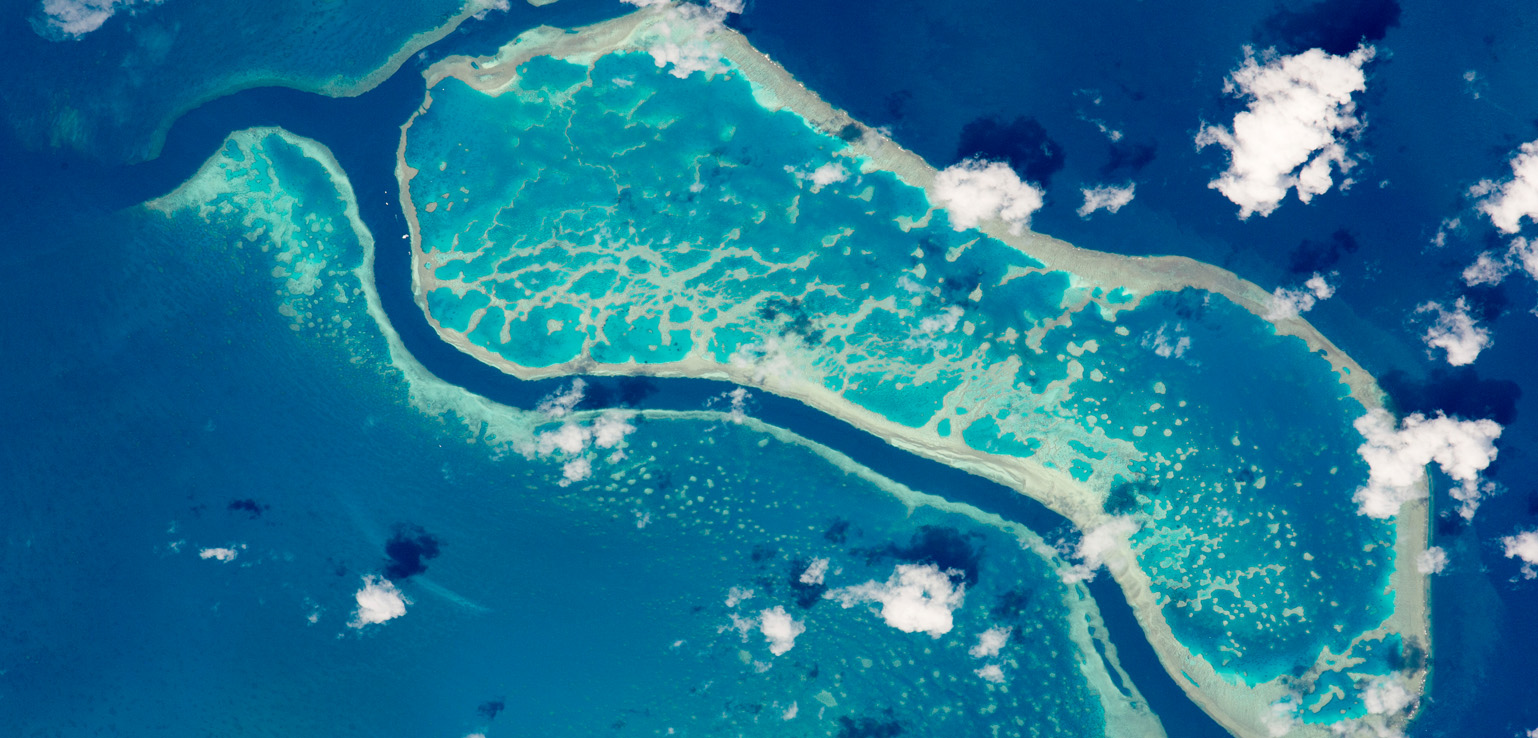“Planetesimals: Early Differentiation And Consequences For Planets”
Summary
Terrestrial planets accrete from smaller bodies – both planetesimals and planetary embryos – that are in many cases already internally differentiated into a metallic core and a silicate mantle. The processes of growth of planetesimals are critical to understanding how planets are made, how water is delivered to them, how cores and magnetic dynamos form, and thus, which planets can be habitable. The final terrestrial planet, however, retains few or no unmodified vestiges of the first bodies from which it formed; each planet is the result of multiple heating, melting, and differentiation events as it grew and also on the bodies from which it grew.
The meteorite collection contains samples of undifferentiated primitive material from planetesimals along with both silicates and iron-nickel metal from differentiated planetesimals. Conspicuously lacking is olivine-dominated material similar to the Earth’s mantle or resulting from magmatic fractionation. Perhaps our collection simply lacks these samples but they did originally exist. Perhaps, however, in the small gravity field of a planetesimal, magmas cannot efficiently fractionate, and no olivine-dominated material can be produced. The small gravity fields produce different physical processes, as would the potentially higher temperatures, the dominance of internal radiogenic heating, and the possibility of far higher volatile fractions. Planetesimals are not miniature physical analogs to today’s Earth; the mantles and crusts of planetesimals were likely significantly different than our Earth, Venus, and Mars examples.
The presentation can be seen here.
View Presentation
